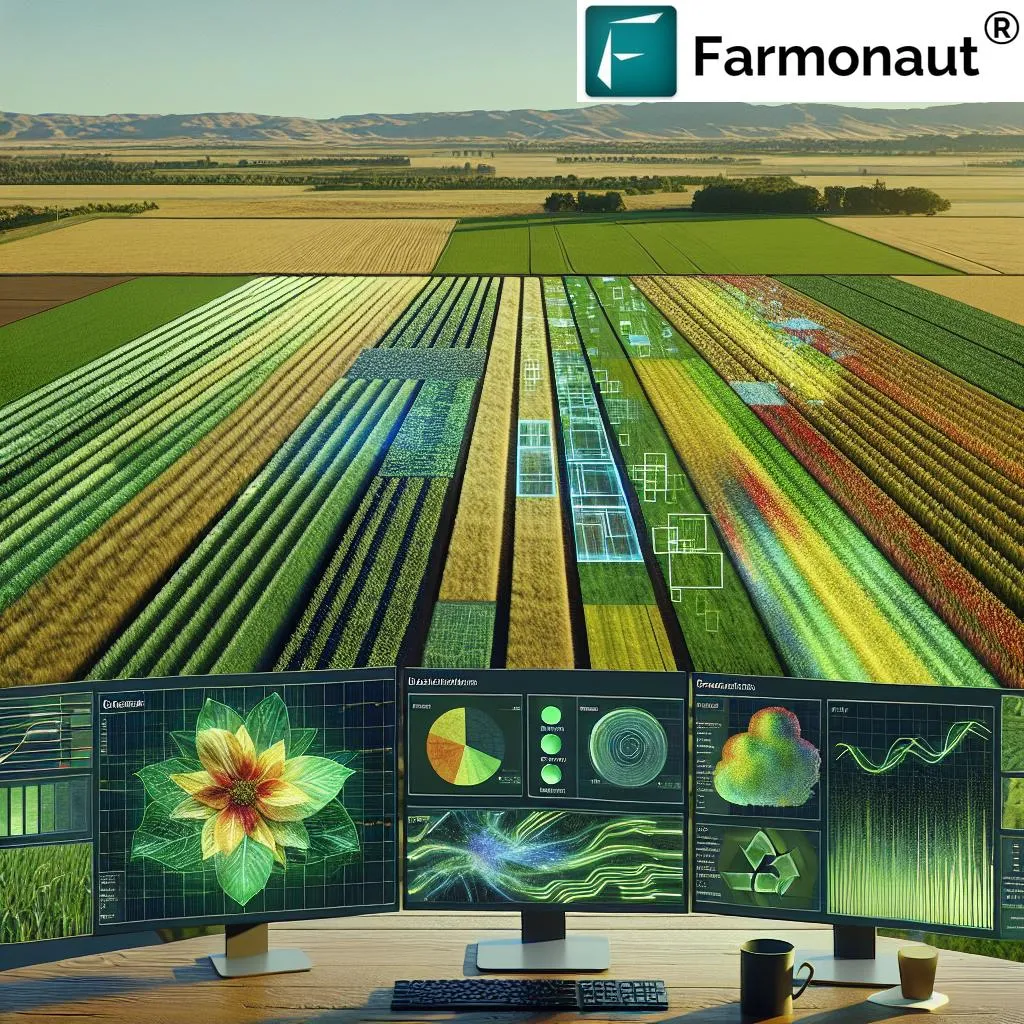In the ever-evolving landscape of precision agriculture, a groundbreaking study led by Poornima S. introduces a novel framework that promises to revolutionize how we detect and manage crop stress. Published in *Frontiers in Plant Science* (translated to English as “Frontiers in Plant Science”), this research leverages the power of machine learning and deep learning to enhance early stress detection, a critical factor for sustainable agriculture and food security.
Traditional vegetation indices, such as the Normalized Difference Vegetation Index (NDVI) and Normalized Difference Water Index (NDWI), have long been the go-to tools for monitoring crop health. However, their limited spectral sensitivity often hampers their ability to detect early-stage water and structural stress. Poornima S. and her team addressed this limitation by developing two innovative hyperspectral indices: the Machine Learning-Based Vegetation Index (MLVI) and the Hyperspectral Vegetation Stress Index (H_VSI). These indices focus on critical spectral bands in the Near-Infrared (NIR), Shortwave Infrared 1 (SWIR1), and Shortwave Infrared 2 (SWIR2) regions, offering a more nuanced and accurate picture of crop health.
The study’s methodology is as impressive as its results. By employing Recursive Feature Elimination (RFE) to optimize the indices, the team ensured that only the most relevant spectral bands were used as inputs for a Convolutional Neural Network (CNN) model. This model was then tasked with classifying six levels of crop stress severity. The results were nothing short of remarkable. The CNN model achieved an impressive classification accuracy of 83.40%, significantly outperforming conventional indices. Moreover, MLVI and H_VSI enabled the detection of stress 10–15 days earlier than traditional methods, showing a strong correlation with ground-truth stress markers (r = 0.98).
“The ability to detect stress at such an early stage is a game-changer,” said Poornima S. “It allows farmers to take proactive measures, potentially saving crops and increasing yields.”
The implications of this research extend far beyond the agricultural sector. In the energy sector, where biomass is increasingly being used as a renewable energy source, early detection of crop stress can ensure a steady and high-quality supply of feedstock. This not only enhances the efficiency of bioenergy production but also contributes to the overall sustainability of the energy sector.
The framework’s versatility is another key advantage. It can be seamlessly integrated with Unmanned Aerial Vehicles (UAVs), satellite platforms, and precision agriculture systems, making it a practical and scalable solution for modern farming practices.
As we look to the future, this research paves the way for more advanced and efficient stress detection methods. The integration of machine learning and deep learning in agriculture is just the beginning. With continued innovation, we can expect to see even more sophisticated tools that will further enhance our ability to monitor and manage crop health, ultimately contributing to a more sustainable and food-secure future.
In the words of Poornima S., “This is just the tip of the iceberg. The potential for these technologies is vast, and we are excited to see how they will shape the future of agriculture and beyond.”

